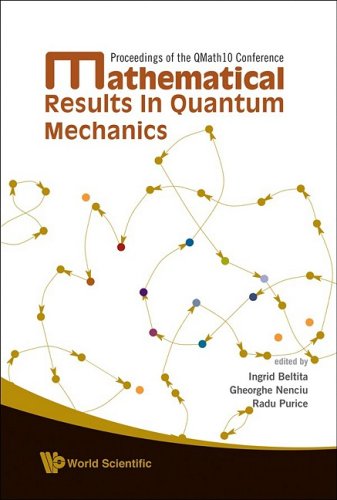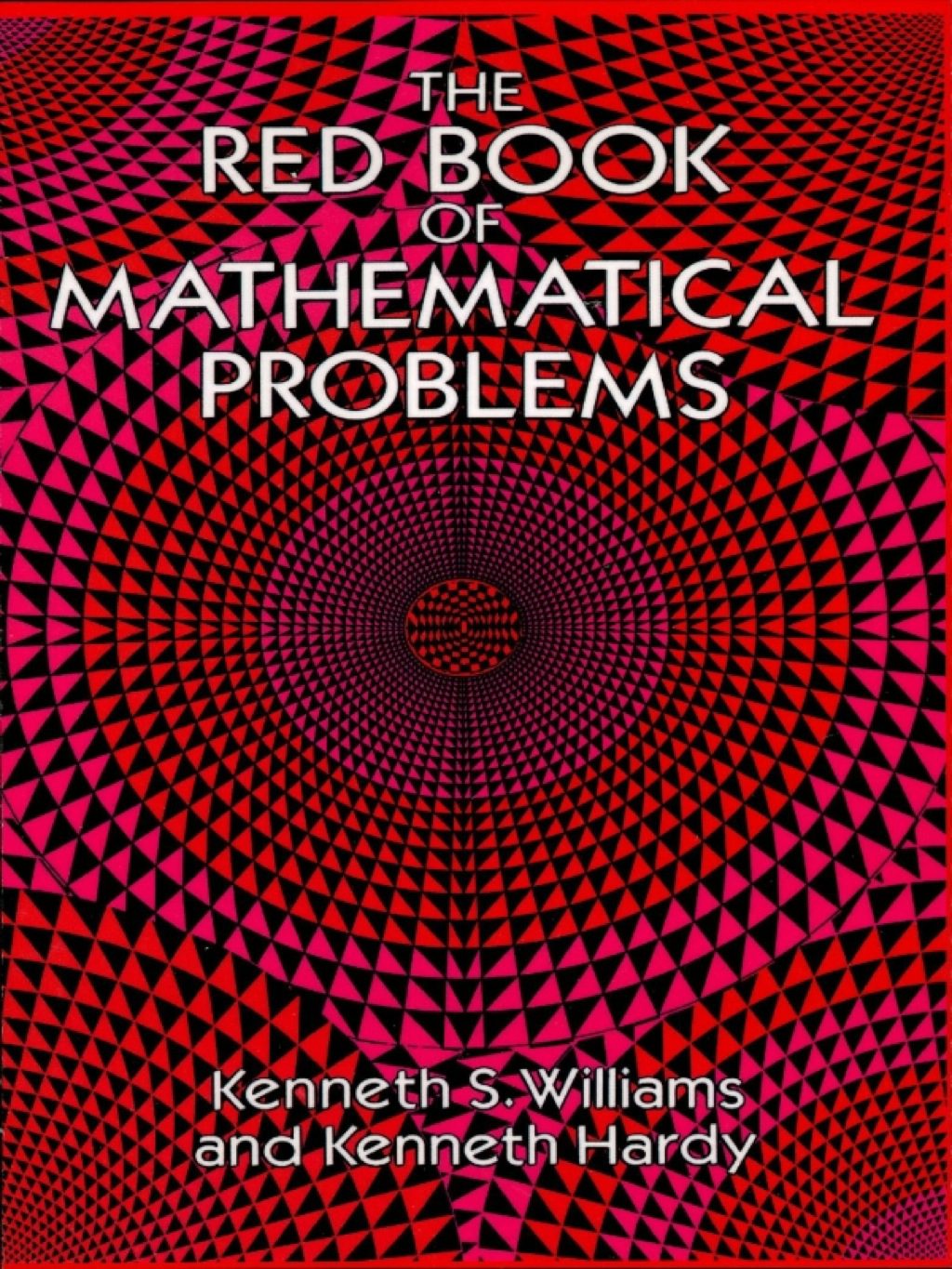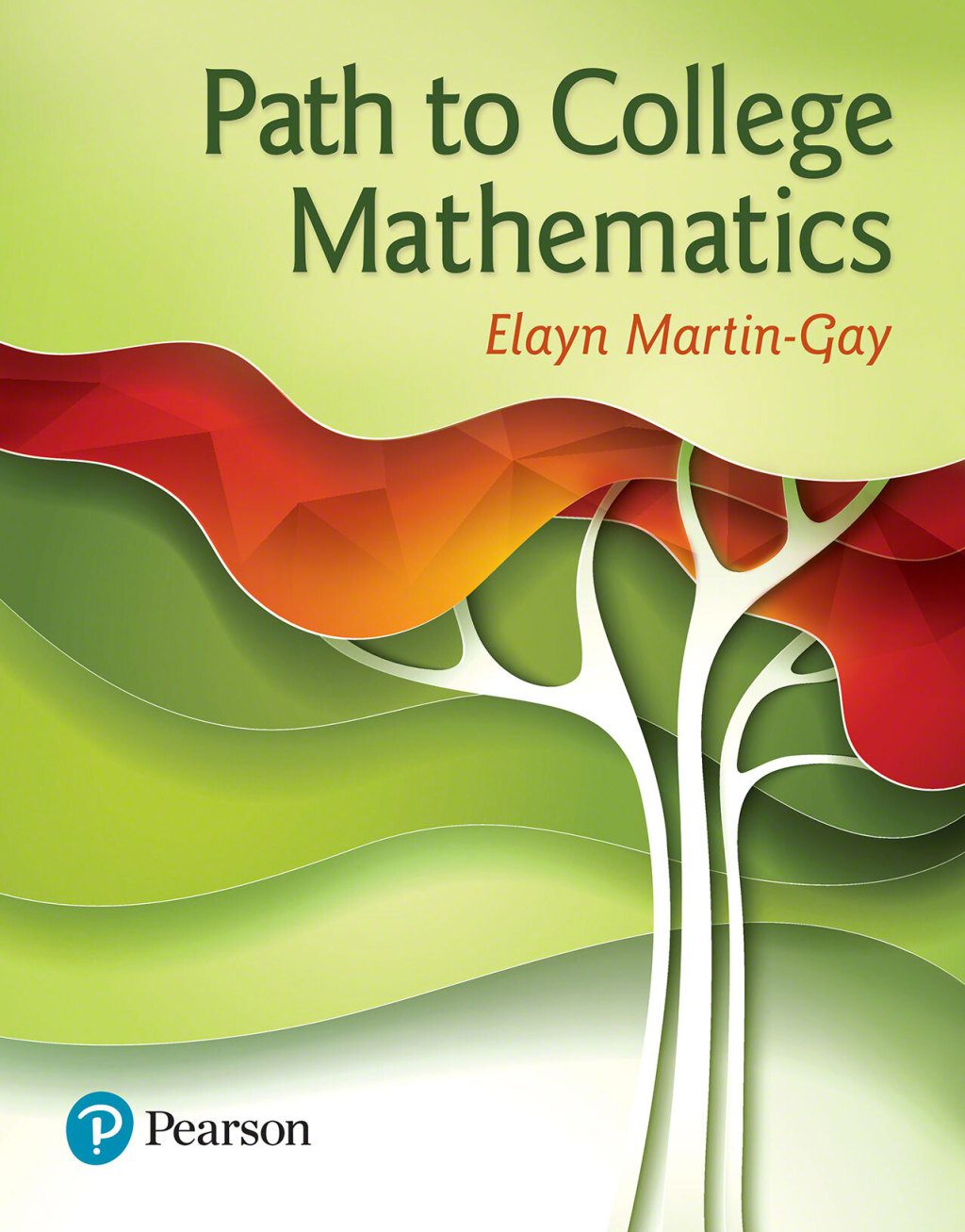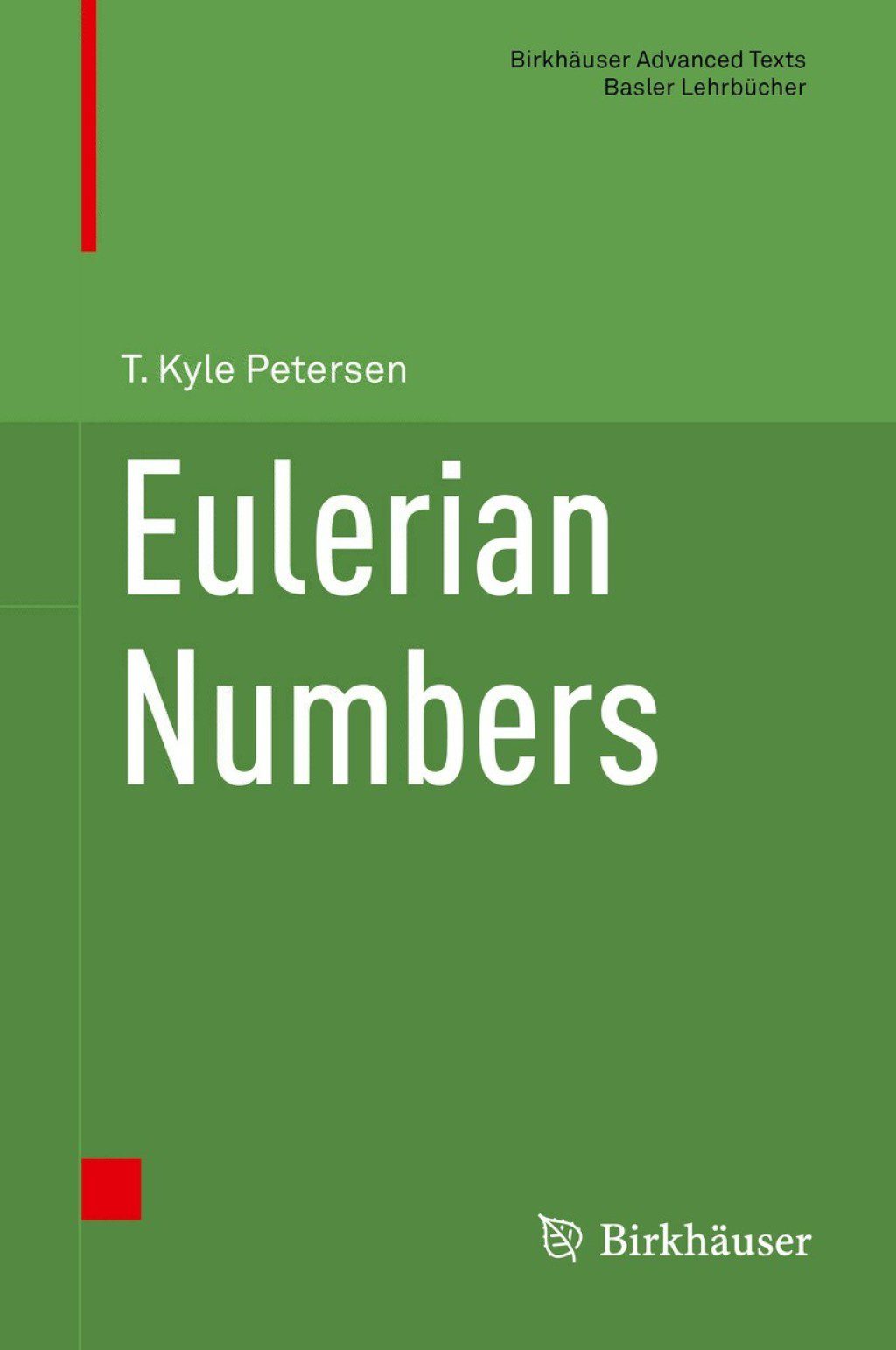Ingrid Beltita, Gheorghe Nenciu, Radu Purice9812832378, 9789812832375
Table of contents :
CONTENTS……Page 14
Preface……Page 6
Organizing Committees……Page 12
2. Noises……Page 16
3. A setup for counting statistics……Page 18
4. Quantum description……Page 19
5. Independent, uncorrelated fermions……Page 20
6. Alternative approaches……Page 22
7. The thermodynamic limit……Page 24
8. A more basic approach……Page 25
9. An application……Page 27
References……Page 28
1. Introduction……Page 30
2. Self-adjointness……Page 31
3. Main Results……Page 32
References……Page 35
1. Introduction……Page 37
2. -algebras……Page 38
2.1. -derivations……Page 39
2.2. Differential calculi on a -algebra……Page 40
2.2.1. The algebra of forms of a -algebra……Page 41
2.2.2. The algebra of universal di®erential forms of a -algebra……Page 43
2.3. Tensors……Page 44
2.4. Connections on a -bimodule over a -algebra……Page 45
3.1. Derivations……Page 47
3.2. The algebra of forms of Mn(C)……Page 48
3.3. The algebra of universal differential forms of Mn(C)……Page 49
3.5. Linear connections on Mn(C)……Page 51
3.6.1. Distributions on (Mn(C))……Page 52
3.6.2. Distributions on (Mn(C))……Page 53
References……Page 54
1. Introduction……Page 56
2. Intermediate results and proofs……Page 58
References……Page 61
1. Introduction……Page 63
2. The model……Page 65
3. Generalized Kronig-Penney model……Page 66
4. The essential spectrum……Page 69
5. The discrete spectrum……Page 73
Appendix A: Continuous spectra for one dimensional Schr¨odinger operators with singular interactions……Page 75
Appendix B: Oscillation theory for singular potentials……Page 77
References……Page 79
1.1. Quasi-periodic finite difference equations……Page 81
1.2. Lyapunov exponent……Page 82
1.4. B. Simon’s example……Page 83
1.5. Non-trivial model problem……Page 84
2.1. Main result……Page 85
2.2.1. The measure of……Page 87
2.4. Heuristics and the statement of Theorem 2.1……Page 89
3. Non-existence of the Lyapunov exponent……Page 90
4. The main ideas of the proof……Page 91
References……Page 93
1.1. Setup and results for the Anderson model……Page 94
1.2. Extension to underlying Delone sets……Page 97
1.3. The Poisson model……Page 98
2.1. Some history……Page 100
2.2. The Wegner estimate……Page 101
2.3. Antichains, Sperner’s lemma and Ref. 3’s concentration bound……Page 103
3. Proof of Theorem 1.2……Page 104
3.2. Proof of Theorem 1.2……Page 105
Acknowledgments……Page 107
References……Page 108
1. Introduction……Page 112
2. The Crystal Case……Page 116
3.1. Quantum particles in a periodic magnetic field……Page 120
4.1. Screening via the Graf-Schenker inequality……Page 121
4.2. An abstract result……Page 123
4.3. Idea of the proof of (A1)–(A5) for the crystal……Page 124
4.4. General domains and strong subadditivity of entropy……Page 125
4.5. Proof of Theorem 4.1……Page 128
References……Page 129
1. Introduction……Page 132
2. Preliminaries and main results……Page 134
2.1. The critical temperature……Page 136
2.2. Energy Gap at Zero Temperature……Page 139
3. Sketch of the proof of Theorem 2.1……Page 140
4. Proof of Theorems 2.2 and 2.3……Page 142
5.1. Sufficient condition for > 0……Page 145
5.2. Proof of Theorem 2.5……Page 147
References……Page 150
1. Introduction……Page 152
2.1. A general scheme……Page 155
2.2. A generic situation……Page 156
2.3. The case of discrete wells……Page 157
3. Hypersurface wells……Page 158
4. Concluding remarks……Page 166
References……Page 167
1. Introduction……Page 170
2. Axiomatic theory of open quantum systems……Page 172
3. Equations of motion for two independent harmonic oscillators……Page 176
4. Environment induced entanglement……Page 178
5. Summary……Page 181
References……Page 182
1. Introduction and Model……Page 184
1.1. Van Hove Limit Type Results……Page 187
2. Reduction to Products of Matrices……Page 188
3.1. Ideal Repeated Interaction Quantum System……Page 189
3.2. Random Repeated Interaction Quantum System……Page 190
3.3. Instantaneous Observables……Page 191
3.4. Energy and Entropy Fluxes……Page 193
4. Basic Properties of RDO’s……Page 194
5.1. Decomposition of the Mj……Page 195
5.2. Uniform Bounds……Page 196
5.3. Asymptotic Behaviour……Page 197
6.1. Product of Random Matrices……Page 198
6.2. A Law of Large Numbers……Page 199
6.3. Limit in Law and Lyapunov Exponents……Page 201
6.4. Generalization……Page 202
References……Page 203
1. Introduction……Page 205
2.1. An Abstract Homogeneous Waveguide……Page 207
3.1. The Self-adjoint Extensions of the Operator W0……Page 208
3.2. The Self-adjoint Extensions and the Boundary Conditions……Page 209
3.3. The Resolvent of the Operator WV and the Scattering Operator……Page 210
4.1. On The Finite Dimensional Approximation of the Operators in the Hilbert Space……Page 212
4.2. The Approximation of the Scattering Operator……Page 213
4.3. Unboundedness of the Scattering Operator. An Example……Page 214
5. The Multistep Waveguides and The Scattering Operator……Page 215
Acknowledgments……Page 216
References……Page 217
1. Introduction……Page 218
2. Multi-valued canonical product……Page 221
3. Eigenfunctions for Landau levels……Page 224
4. Proof of theorem 1.1……Page 229
References……Page 230
1. Introduction……Page 233
2.1. Finite dimensional phase space and Schr¨odinger representation……Page 234
2.2. Quantizations……Page 236
2.3. Mean field or semiclassical asymptotics……Page 238
3. Infinite dimensional case……Page 239
4. Applications……Page 242
References……Page 243
1. Introduction……Page 246
2. Assumptions and basic construction……Page 247
3. Estimates for the number of eigenvalues……Page 250
4. Matrix Hamiltonians……Page 252
References……Page 254
1. Introduction……Page 256
2. The Schr¨odinger Equation for Many Particles……Page 258
2.2. Bose-Einstein Condensation……Page 259
2.3. The Absolute Ground State……Page 262
3. Sketch of the Proof of Theorem 2.1……Page 263
3.1. Step 1: Generalized Dyson Lemma……Page 264
3.2. Step 2: Coherent States……Page 265
4. Sketch of the Proof of Theorem 2.2……Page 267
References……Page 268
1. Introduction……Page 270
2. The model of spatial permutations……Page 272
3. Feynman-Kac representation of the Bose gas……Page 274
4.1. Expansion of path interactions……Page 277
4.2. Cluster expansion……Page 279
4.3. A simpler expression for the interaction……Page 281
5. A simple model of interacting spatial permutations……Page 282
References……Page 287
1.1. Motivation……Page 288
1.2. Solvable Models……Page 289
2.1. Mathematical Heuristics……Page 291
2.2. Canonical Commutation Relations and Quasi-Free States……Page 292
2.3. Equilibrium States……Page 298
2.4. Condensate Equations……Page 301
3. Pairing Boson Model with BCS and Mean-Field Interactions……Page 302
3.1. BCS attraction u > 0: Coexistence of BEC and BCS-boson pairing……Page 303
3.2. BCS repulsion u < 0: suppression of BCS pearing and generalized (type III) Bose condensation……Page 307
References……Page 309
Author Index……Page 312







Reviews
There are no reviews yet.